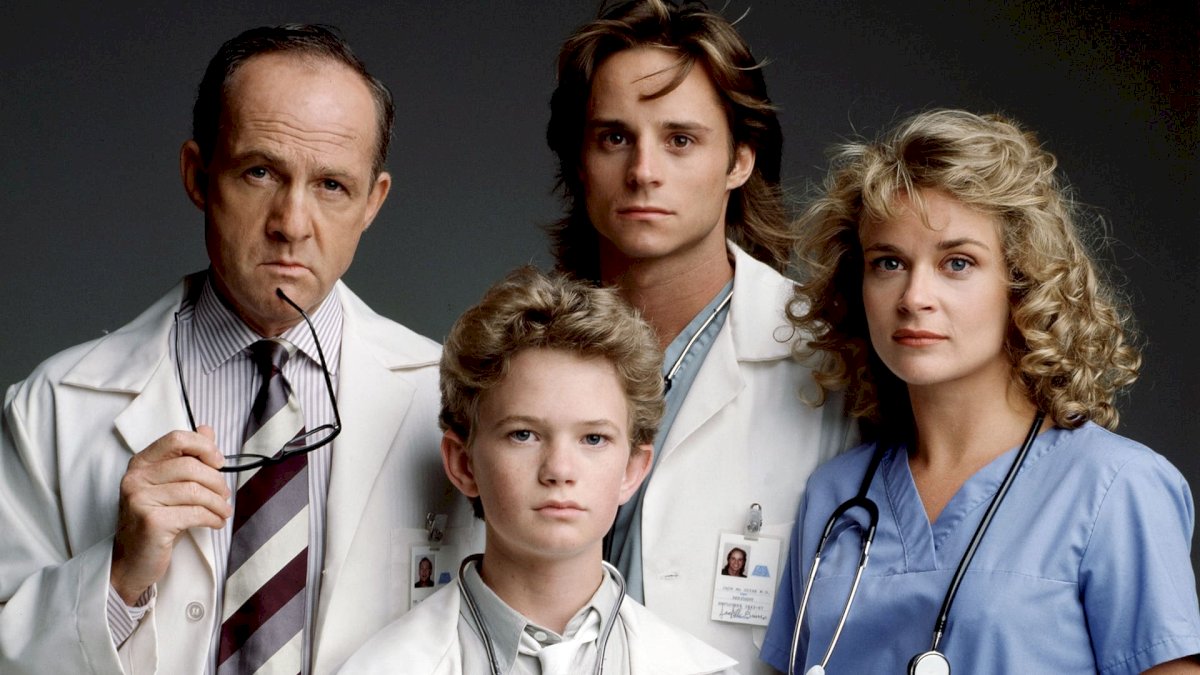Shirley Temple, the effervescent child star with bouncing curls and a captivating smile, captured the hearts of audiences during the Great Depression. But her impact extended far beyond box office success. At the tender age of six, she became the youngest person ever to receive an Academy Award, a testament to her undeniable contribution to the film industry.

While Shirley Temple never received a standard Oscar statuette, the Academy recognized her extraordinary talent with a special Juvenile Award in 1935. This award, established that very year, acknowledged her "outstanding contribution to screen entertainment during the year 1934."
By the age of three, Shirley had already established herself as a rising star. Her infectious charm, coupled with her impressive tap-dancing skills and precocious singing voice, made her an instant hit. Films like "Bright Eyes" (1934) and "Stand Up and Cheer!" (1934) showcased her talent and resonated deeply with audiences yearning for a dose of joy during a challenging economic period.

The decision to honor Shirley with a special award reflected the unique circumstances surrounding child actors. The standard Academy Awards categories, designed for adult performances, didn't quite fit the exceptional talent a young Shirley possessed. Her impact, however, was undeniable. Her films were critical and commercial successes, lifting spirits and generating significant revenue for studios.
The presentation of the award itself was a heartwarming affair. A miniature Oscar statuette, alongside seven miniature statuettes representing the dwarfs from "Snow White and the Seven Dwarfs" (1937), was presented to her. This special recognition solidified her place as a Hollywood phenomenon and a national treasure.

Shirley's influence transcended entertainment. She became a symbol of hope and optimism during a difficult time. Her sunny disposition and unwavering spirit resonated with a nation struggling to overcome economic hardship. Newspapers and magazines featured her image, and her merchandise flew off store shelves. She even played a role in diplomacy, fostering goodwill between the United States and South America during a goodwill tour in 1934.
However, the road to stardom wasn't without its challenges. The pressures of child stardom were immense. Maintaining a rigorous filming schedule while balancing a semblance of normalcy proved demanding. There were also concerns about the potential exploitation of child actors in Hollywood. Despite these challenges, Shirley persevered, her talent and professionalism shining through.

Shirley's career continued to flourish throughout the 1930s. She remained a box office powerhouse, starring in a string of successful films. However, as she entered her teenage years, her popularity began to wane. Audiences' tastes shifted, and the roles available to young actresses became less frequent.
Yet, Shirley's legacy extends far beyond her childhood success. She broke barriers, paving the way for future child stars. Her exceptional talent and undeniable charm left an indelible mark on Hollywood history. The special Academy Award stands as a permanent reminder of her remarkable contribution to the silver screen.

Shirley's story is an intriguing blend of talent, innocence, and the complexities of child stardom. She brought joy to millions during a turbulent time, and her legacy continues to inspire. The story of the little girl with the big smile and the even bigger talent remains a captivating chapter in Hollywood's golden age.



